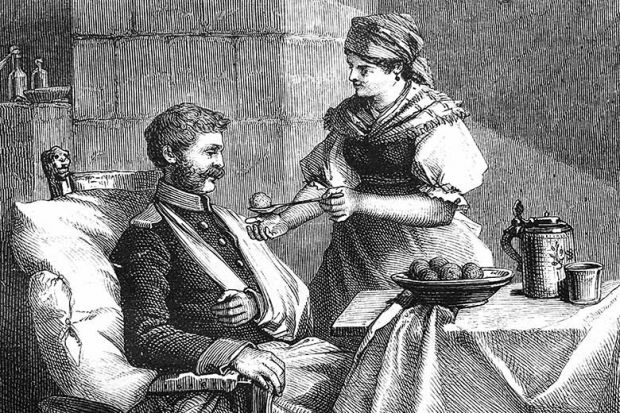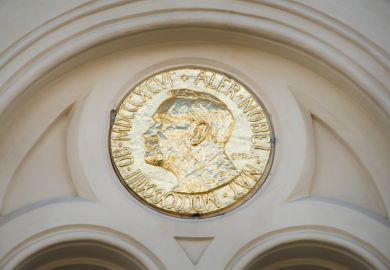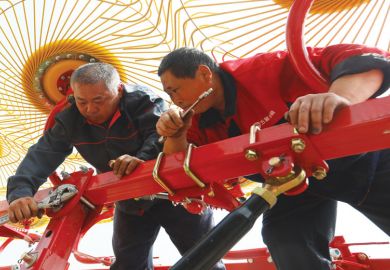In 1658, the Kent gentleman Sir Edward Dering copied into his manuscript commonplace book a recipe for an ointment made of herbs and butter “for the cramp and pain in the joints”, noting that two applications of it had cured a bedridden acquaintance, “Boughton of Pluckney”. Dering was nonetheless sceptical that so “sudden an effect” could have been produced by such a simple remedy.
This is one of the vivid examples culled by Elaine Leong from hundreds of the books in which 17th-century men and women entered recipes, both culinary and medical. Building on detailed manuscript research, and proceeding through a series of case studies, she provides an engaging picture of the households of the landed elite as sites of collaborative knowledge creation, thereby contributing to a broader understanding of “science” in early modern England.
It is appropriate that my initial example is from a man. Leong does not see recipe books as a female genre but as a crucial tool used by women and men to keep their households fed and healthy. As most books identified the source of individual recipes, solicited variously from kin, friends and neighbours, apothecaries and medical men, they record a family’s networks, and relationships of patronage and obligation. Beyond this, most books reveal the curiosity, ingenuity and open-mindedness of their compilers, as initial recipes were modified, tested and applied. A recipe using butter and six different herbs as a cure for “any hot inflammation” was tinkered with by successive generations of the Glyd family. Perhaps it also needed honey, or would work better if boiled more than once. But in the end it was crossed out. This was common for failed remedies; those that worked might be marked “tried and good”, often with the Latin “probatum est”, or more directly, “this cured my brother”.
Leong’s premise is that the empirical approach recorded in recipe books amounted to a scientific enterprise. Testing the efficacy of plants, potions and water contributed to new knowledge of the human body and the natural world. This is to extend “the parameters of early modern natural inquiry” to the household, as other scholars have extended it to the artisan workshops of the City of London, enlarging our notions of experimental, perhaps “modern”, science beyond the programmes and achievements of Francis Bacon, Robert Hooke, Robert Boyle and the Royal Society.
It is not clear, however, whether these were simply parallel developments or whether there were reciprocal interactions between “household science” and the more self-consciously intellectual and institutional developments occurring at the same time. Leong does not really substantiate her most ambitious argument; rather the book’s strengths lie in its account of collaborative knowledge creation in elite households, with telling examples of how collaboration was structured by hierarchies of gender and status, and in its focus on the recipe books themselves as material objects. Passed on as heirlooms, they became part of the “paperwork of kinship”, tracing marriage alliances and friendship networks as well as offering tested methods for making a “purging ale” or a “wonderful balsome”.
Ann Hughes is professor of early modern history, emerita, at Keele University.
Recipes and Everyday Knowledge: Medicine, Science and the Household in Early Modern England
By Elaine Leong
University of Chicago Press
288pp, £67.50 and £24.50
ISBN 9780226583495 and 9780226583662
Published 29 October 2018
后记
Print headline: Do try this at home




